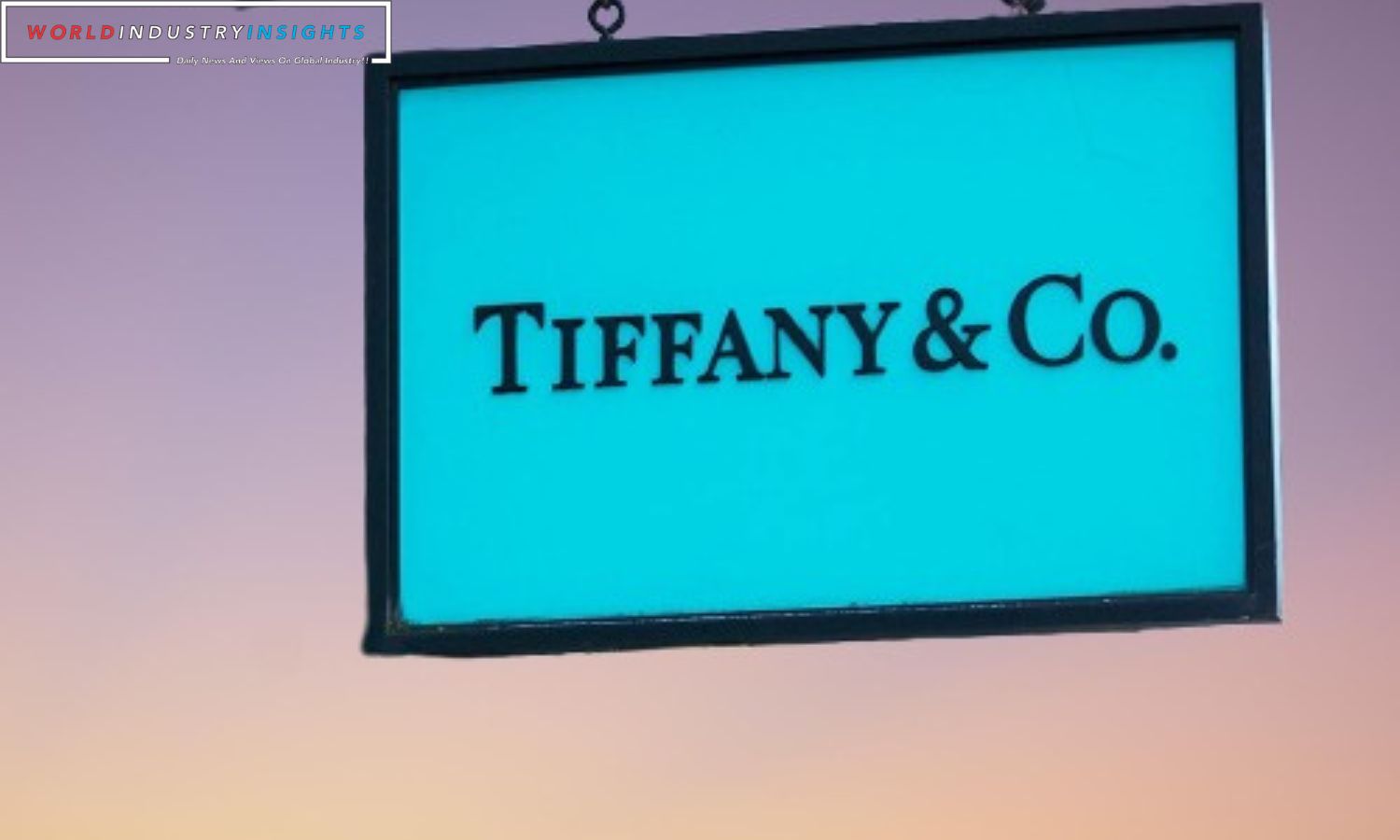Luxury Elite Play: In the dynamic landscape of China’s luxury market, a paradigm shift is underway as major brands recalibrate their strategies to cater to a select group of elite consumers known as Very Important Clients (VICs). This shift comes as a response to the post-pandemic economic slowdown in China, which has impacted the spending power of the once-aspirational middle class, a segment that historically fueled the bulk of revenue growth for luxury brands.
Traditionally, luxury brands in China relied on mass events aimed at raising brand awareness and attracting new consumers. However, in the current economic climate, characterized by a property crisis and record-high youth unemployment, brands are reevaluating their approach. The focus is now on selling fewer, more valuable items, targeting the discerning 5% of luxury consumers who contribute over 35% of sales in China, according to analysts at HSBC.
This strategic shift is reflected in the recent activities of major luxury brands operating in China. Tiffany, owned by LVMH, hosted a gala dinner with a private sales launch for select clients, emphasizing exclusivity and personalized experiences. Versace, currently undergoing a $8.5 billion takeover by Tapestry, organized an intimate dinner for a limited audience at the historic Bund, creating an exclusive setting for its clients. Gucci, Chanel, and Dior have also allocated more retail space in Shanghai exclusively for their wealthiest clientele.
For luxury brands, engaging with VICs is a tried-and-tested strategy globally, but it is gaining prominence in China due to changing market dynamics. The lack of a robust rebound in luxury demand post-China’s pandemic reopening has raised concerns among investors, resulting in declining stock values for major luxury conglomerates. LVMH shares, for example, have seen a 17% drop since July.
Despite the economic challenges, luxury brands remain optimistic about China’s long-term potential. Forecasts suggest that China will account for nearly 40% of global luxury sales by 2030, according to consultants Bain. To tap into this potential, brands are not only focusing on personalized experiences but are also paying attention to local nuances. Cartier, for instance, holds its annual entrepreneurship awards for women in Shenzhen, highlighting the brand’s commitment to engaging with the local culture.
Also Read: Burberry Luxury Labyrinth: Navigating Global Slowdown
While luxury brands are narrowing their focus in China to cater to a select group of elite consumers, they continue to explore global opportunities. Events and store openings in South Korea, Japan, Thailand, and other regions demonstrate a multifaceted approach. Luxury consultant Mario Ortelli suggests that diversifying global footprints helps protect brands in uncertain times.
In a landscape where geopolitical tensions are influencing the decisions of various industries, luxury brands emphasize their commitment to the Chinese market. Unlike some foreign firms reducing their presence due to geopolitical concerns, luxury brands view China as a long-term growth engine. Executives, such as Eric du Halgouet from Hermes, express confidence in the medium and long-term development potential in China.
As China’s economic growth faces challenges, even VICs like Diana Wang acknowledge a shift in their purchasing behavior, exercising greater scrutiny on the value of luxury goods. However, this shift is viewed as an opportunity by retailers to reinforce the desirability of their brands. In a market where making a brand as desirable as possible is crucial, luxury brands aim to retain their appeal even as consumers become more discerning in their spending habits.
In conclusion, the recalibration of strategies by luxury brands in China reflects a nuanced understanding of market dynamics. The emphasis on exclusivity, personalized experiences, and engagement with a select group of elite consumers aligns with the evolving economic landscape. Luxury brands are navigating challenges by adapting to the changing preferences of Chinese consumers, ensuring that they remain integral to the evolving narrative of luxury in the region.


